May 14, 2024
Mesh Copilot: Pioneering AI Innovation in Fintech
At Mesh, our primary goal is to empower innovators in the digital asset world to think outside of the box without getting caught in the intricacies of this new technology, and enable developers to build cutting-edge applications faster and more efficiently. From the very beginning, we have recognized the transformative potential of artificial intelligence in accelerating developer workflows. The development of Mesh Copilot is a testament to our willingness to think outside the box and push the envelope of what's possible at the intersection of AI and fintech, just like how OpenAI's GPT models have revolutionized natural language processing.
Integrating APIs and SDKs can often be a complex and time-consuming process, requiring developers to navigate through extensive documentation and troubleshoot issues on their own. This is where Mesh Copilot comes in - a revolutionary AI-powered assistant designed to streamline the integration process and boost developer productivity (see Figure 1).

Developers need to be able to quickly prototype, test, and deploy new applications to stay ahead of the curve. However, the complexity of working with digital assets can often slow down the development process, leading to missed opportunities and frustration.
Generative AI has become a powerful tool that can easily speed up developer workflows. It has been a vital tool for us, accelerating the process of writing boilerplate code, onboarding new hires, and generating documentation. For example, we've used generative AI to automatically create code snippets and sample projects, reducing the time it takes for new hires to get up to speed with our APIs. This is similar to how developers use OpenAI's Codex to generate code snippets and speed up their workflows.
Whether you're building on Ethereum, integrating with Bitcoin, or connecting to exchanges like Coinbase and Binance, Mesh Copilot is designed to streamline the development process and help developers focus on what they do best – building innovative applications (see Figure 2).

Unlocking the Power of Mesh Copilot: Your AI-Powered Development Companion
Semantic Understanding
One of the most impressive features of Mesh Copilot is its ability to understand the true intent behind a user's question, even when the terminology doesn't match the documentation verbatim. This is a game-changer for developers who may not be familiar with the exact phrasing used in the API docs.
Imagine you're working with Mesh's APIs to retrieve user holdings across various wallets and exchanges. You might ask, "How can I see what my customer has invested in?" or "What has my customer purchased?". Even though the documentation only refers to these actions as "transactions", Mesh Copilot's advanced semantic reasoning capabilities allow it to understand the true meaning behind your question and provide accurate, relevant answers (See Figure 3).This is especially useful when working with popular wallets like MetaMask, where the terminology might differ from our documentation.

Context-Aware Assistance
Mesh Copilot goes beyond simple keyword matching to provide context-aware assistance that truly understands the nuances of your queries. By leveraging natural language processing, our AI-powered companion can grasp the underlying intent of your questions, even when the phrasing doesn't perfectly align with the documentation.
Simplification and Synthesis
Working with complex API response objects can be a daunting task, especially when dealing with nested attributes and extensive documentation. Mesh Copilot simplifies this process by acting as your personal API expert, providing you with the specific details you need, when you need them.
Need to understand the structure of a particular response object? Just ask Mesh Copilot, and it will generate a sample JSON object containing only the relevant fields, filtering out any unnecessary information. This feature alone can save you hours of digging through documentation and trial-and-error experimentation. This is particularly valuable when working with complex data structures from various exchanges and blockchains.
Overcoming the Challenges of Generative AI
While generative AI holds immense promise, it also presents unique challenges that must be addressed to ensure its effective and responsible deployment.
One of the main limitations of LLMs is their tendency to "hallucinate" or generate fabricated information that can mislead users. This issue is particularly critical in the context of a developer copilot, where inaccurate or irrelevant information could lead to frustration and wasted time.
To mitigate this risk, we have implemented a robust product readiness framework that uses advanced techniques like GPT-as-a-judge validation and context coherence, inspired by validation processes employed by leading AI companies like OpenAI and DeepMind.
Moreover, the Mesh Copilot is implemented as a RAG application, meaning user questions are first used to retrieve relevant documentation before being used to generate an answer. This allows Copilot to provide accurate and relevant answers by grounding its responses in the actual documentation.
Another challenge we faced was the temptation to rely on general-purpose Q&A chatbot platforms. By building our Copilot in-house, we have the flexibility to tailor every aspect of the system to the specific needs of our users.
Conclusion
At Mesh, we recognized the immense potential of generative AI early on and set out to harness its power to enhance developer productivity and streamline the integration of our APIs and SDKs. Our Copilot, built on the cutting-edge Retrieval-Augmented Generation (RAG) architecture, combines the strengths of retrieval systems and language models to provide accurate, relevant, and context-aware assistance to developers. With Mesh Copilot as your guide, you'll be able to navigate the intricacies of the new financial system and utilize our APIs with confidence and ease, unlocking new possibilities for your applications and accelerating your development process like never before.




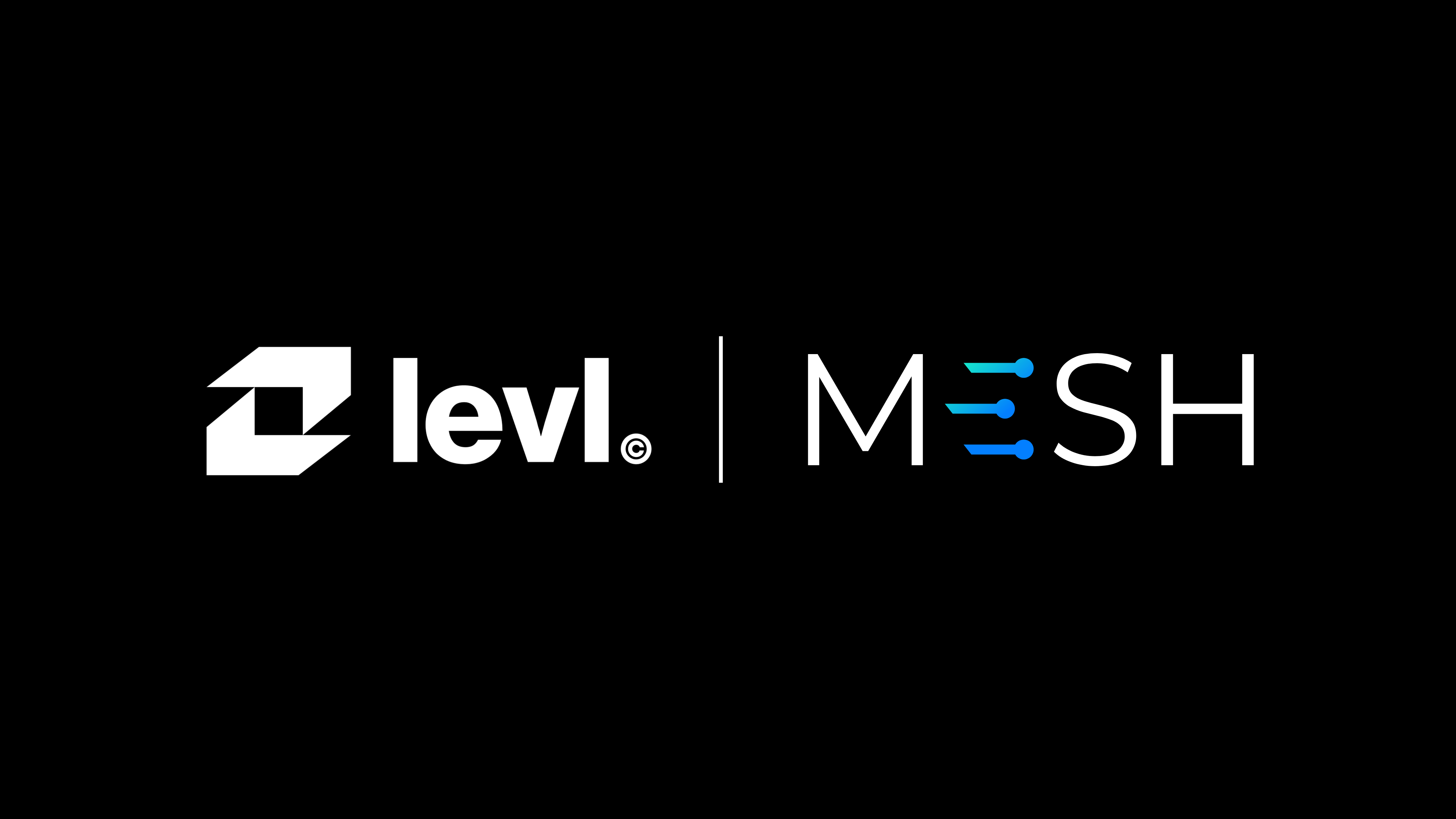
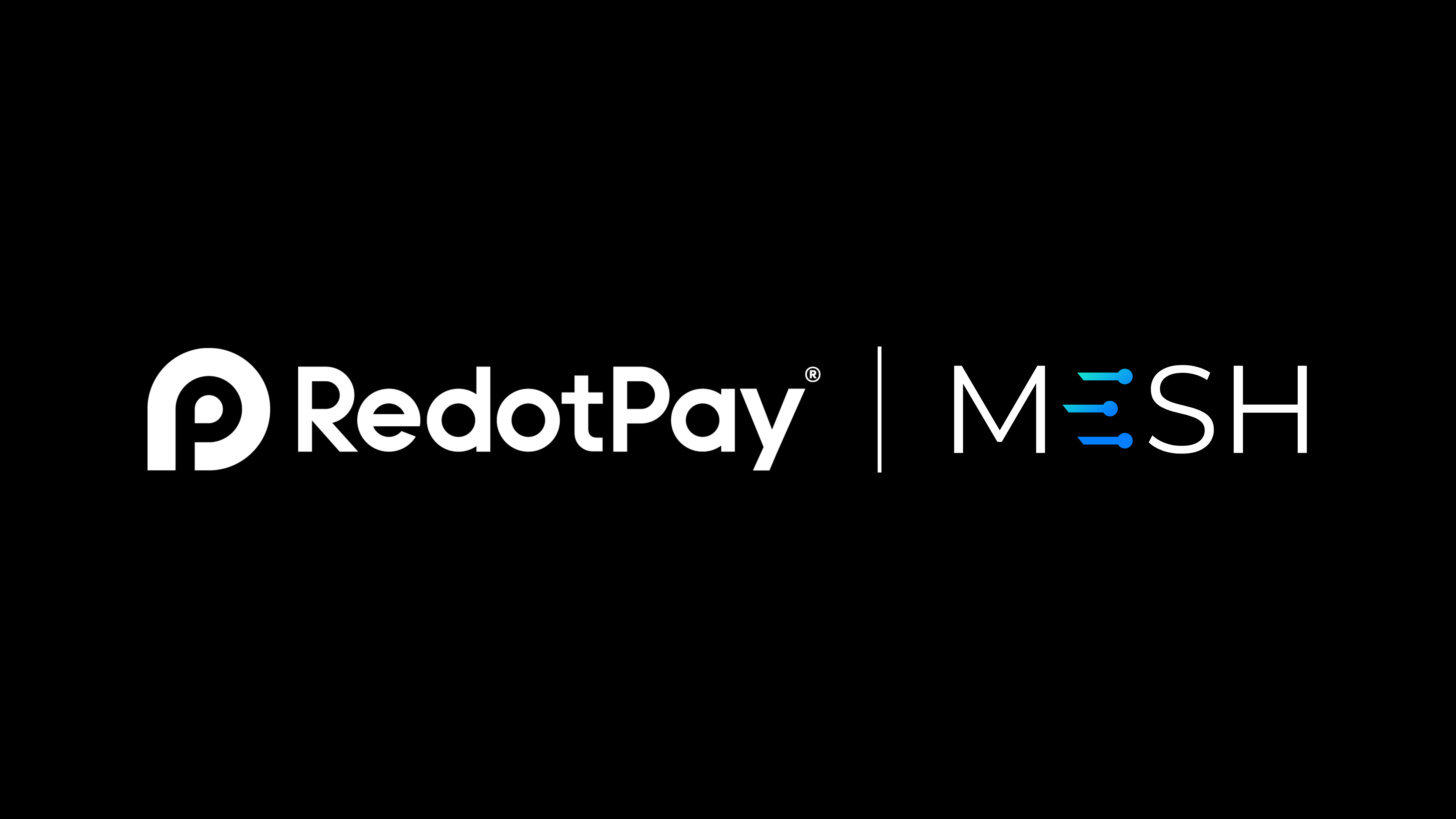
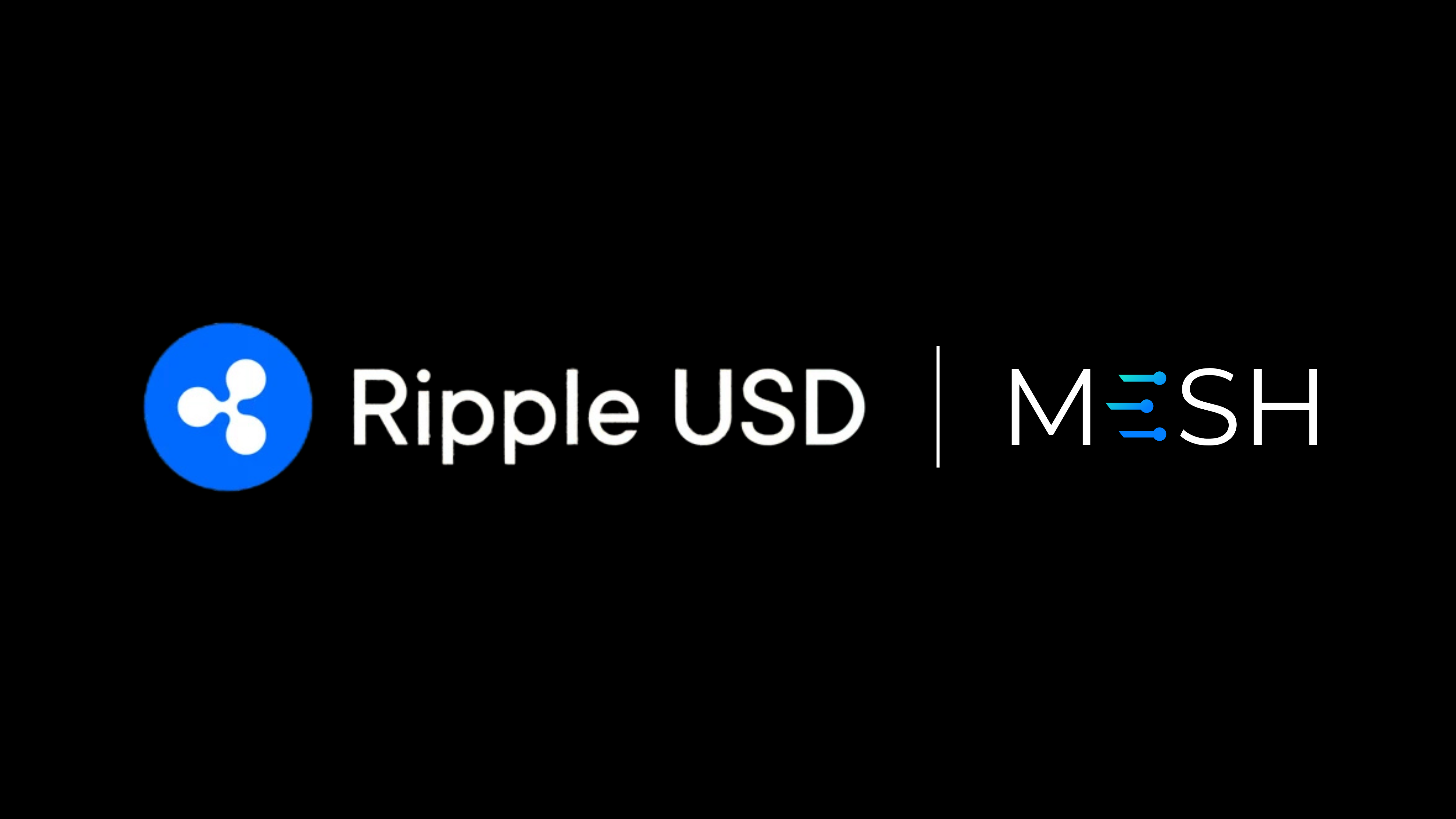
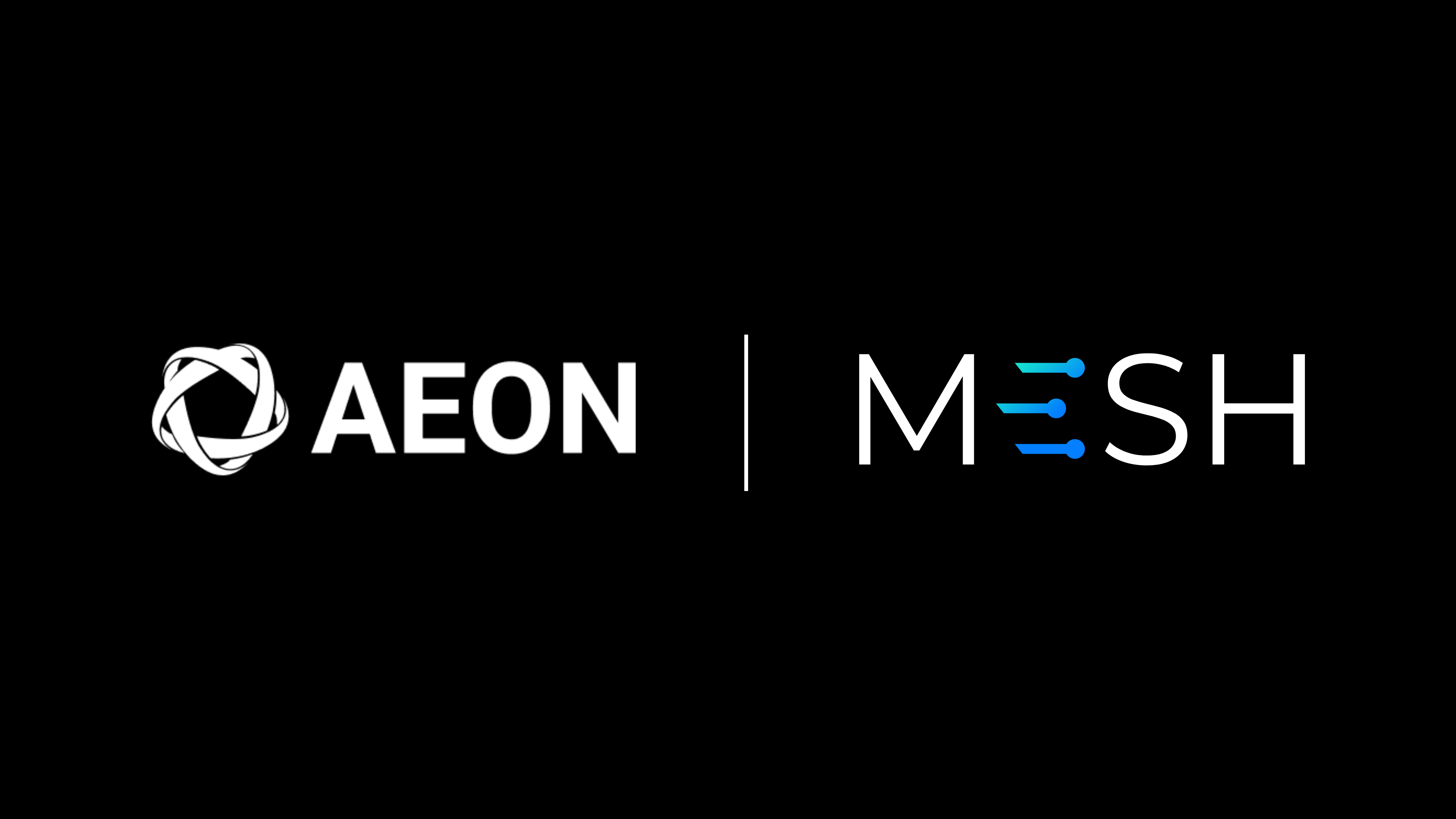
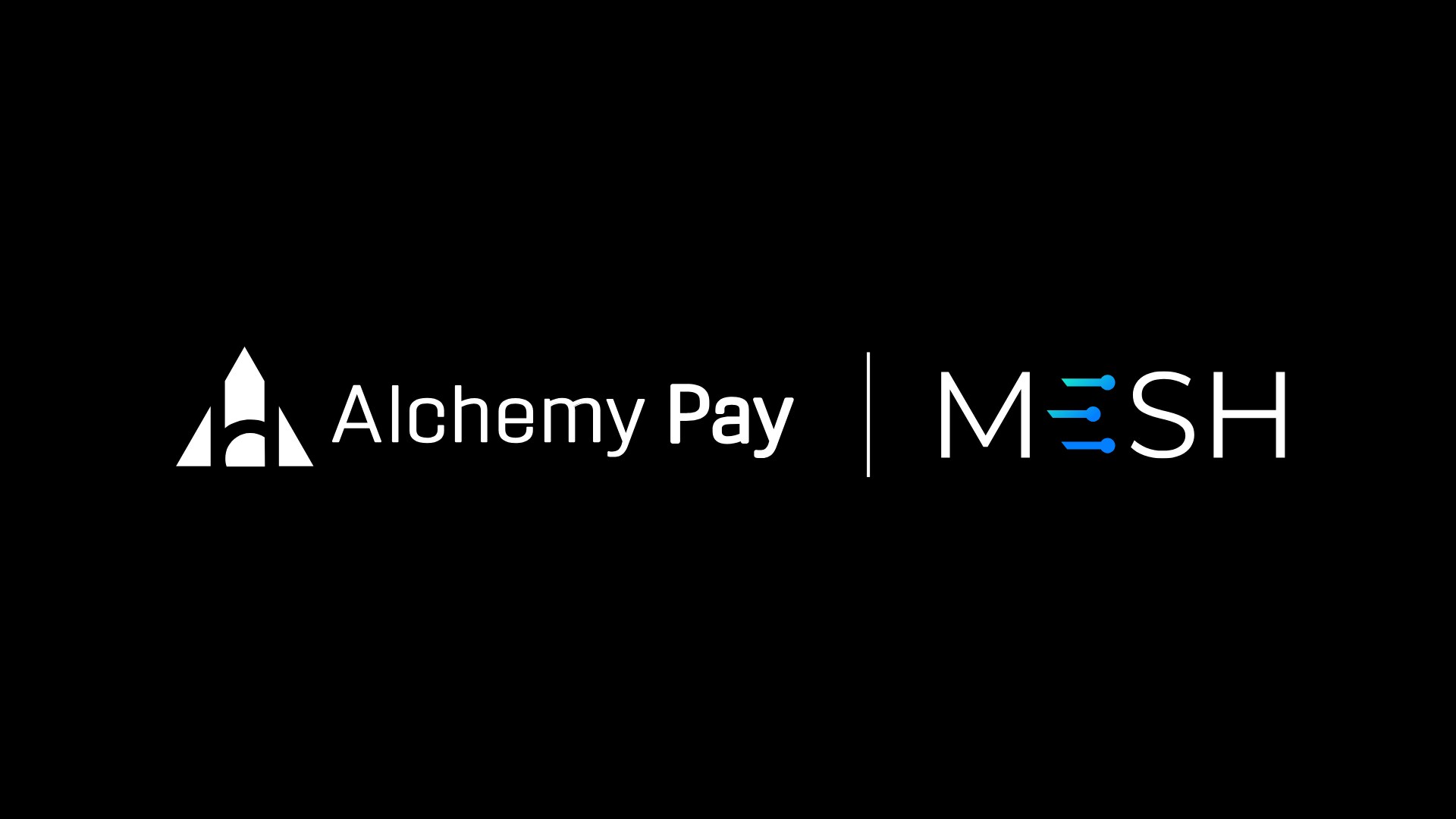



.png)
.png)
.png)
.png)
.png)
.png)
.png)
.png)
%20(1920%20%C3%97%201080%20px)%20(61).png)
.png)


.png)

%2520Wallet.png)















.png)
.png)

















.png)



.png)
.png)
































%2520Wallet.png)


